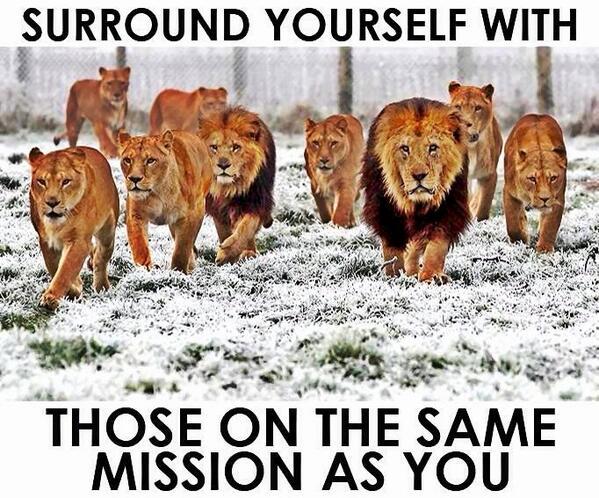
Sound advice.




 Having read Kurzban’s Why everyone (else) is a hypocrite, I am convinced that the left brain/right brain split is a gross oversimplification of the brain’s functional organization. Nonetheless, sometimes simplifications work well enough. For today’s post I’m going to share some thoughts from Robert Koppel’s 1996 book The Intuitive Trader: Developing Your Inner Trading Wisdom. It’s an extended argument for and a series of illustrations of using the right hemisphere to expand trading prowess.
Having read Kurzban’s Why everyone (else) is a hypocrite, I am convinced that the left brain/right brain split is a gross oversimplification of the brain’s functional organization. Nonetheless, sometimes simplifications work well enough. For today’s post I’m going to share some thoughts from Robert Koppel’s 1996 book The Intuitive Trader: Developing Your Inner Trading Wisdom. It’s an extended argument for and a series of illustrations of using the right hemisphere to expand trading prowess.
The bulk of the book is a series of interviews with traders and those who worked with traders, many of whom predate my active involvement in the markets. Among the cast of characters are Bill Williams, Richard McCall, Charles Faulkner, Edward Allan Toppel, Ellen Williams, Linda Leventhal, Howard Abell, Tom Belsanti, and Peter Mulmat.
Here are a few disconnected excerpts that I thought worth passing along.
“[T]he experience of successful trading is subjective, unself-conscious, and intuitive. This state of mind, it seems to me, has more in common with the spirit of jazz—improvisational, automatic, and responsive to the riff—than with a well-articulated and analyzed process of decision making.” (p. 6)
“Some traders are still of the opinion that we ‘make’ profits and ‘take’ losses. The simple answer is: we make both. Loss has to be assumed in trading as inevitable not accidental.” (p. 19)
On the importance of ritual: The author describes one of the most successful CME floor traders who “after completing his trading card, as he puts it in his pocket, … always says, ‘Yeah.’ … [H]e developed this ritual because he sensed the feeling of letting down after he would have a loser. And he had to figure out some way within himself to be able to go on to the next trade with the same level of energy, resolve, and motivation that he would get from one good trade to the next good trade.” (p. 63)
In response to the question “Have you ever figured out what percentage of your trades are profitable?” Peter Mulmat answered: “No, I haven’t. I just look in terms of monthly performance. That’s kind of the criteria I use to gauge my performance. I find to go any shorter period of time is just frustrating for me.” (p. 188)

Hell tortures you to stop learning.